
However, fruits are highly perishable once largely harvested, and fruit processing is an indispensable step in food preservation especially drying which is a common method to preserves fruit’s nutrition, prolong its lifetime, and reduce space for storing and transportation. In drying procedures, hot air circulation drying oven is the widely employed machine for fruit dehydration due to its operation simplicity, relatively inexpensive technology, and highly efficient drying effect. Therefore, the type of fruit which is suitable for hot air drying is enormous and next we will introduce our hot air circulation dryer oven for different types of fruit drying.
I. Hot Air Dryer Application in Dried Fruit Products
Hot air circulation drying oven can be applied in dehydrating fruits whole such as grapes and berries, or as slices such as mangoes and kiwis. Alternatively, fruits can be milled after drying into powder like coconut powder or be pulped and dried into fruit leather such as strawberry leather.
Generally, operation steps for processing dried fruit slices, fruit powder and fruit leather are selecting, trimming, washing, peeling, slicing, (pulping only when process fruit leather), drying and milling. The process operations involved the crucial drying step will be detailed below.
1. Drying of Fruit Slices
Dried fruit slices have been proved that contain more fibers and are a good source of antioxidants like dried fig slices. Dried slices by hot air drying oven can be applied in industrial production and meet the market’s demands, and the process operations won’t take long for you to learn the art of fruit drying.
1.5 Drying
Hot air circulation drying technique employs a circulating flow of heated air to remove fruit slices’ surface and interior moisture. In the hot air drying oven, the heated air can speed up the chamber’s heat transmission, it also reduces the chamber’s relative humidity and thus accelerates the drying process. When drying, the fruit’s drying rate decreases non-linearly, the longer the drying time, the slower the drying rate. In the falling rate period, as moisture content falls, the solids heat up and the higher temperatures speed up the diffusion of water from the interior of the solid to the surface. The whole drying process happens in the stainless steel dryer and without bacterial growth, the operations about hot air dryer are in below:
(1)Firstly, the slices will be placed evenly on the trays of the hot air dryer and shouldn’t touch each other.
(2)Secondly, set the temperature and push the button, drying begins: the air will be heated with electricity and do not use an open flame. Therefore, our dryer produces air that is completely clean and unpolluted. The drying temperature which is easily controlled by a button type digital display usually ranges between 30℃and 140℃, generally, fruit’s drying temperature depends on fruit variety, the drying time depends on fruit variety, drying temperature and air’s relative humidity, so the data can’t give a precise drying time but an estimated time. For example, the apple slices can be dried at 105℃for about 2 hours in hot air dryer.
(3)Thirdly, during drying, the fan which is equipped in the dryer will blow the heated air to circulate in the dryer, and the machine has sealed construction, thus the homogeneous temperature is distributed inside the dryer and without thermal dispersion.
(4) Finally, when fruit slice is dried, it becomes chewy, not too soft or too crunchy. Generally, the dried slices’ moisture content can vary from small of 3% – 8% to substantial of 16% – 18%, depending on the type of fruit.
2. Dehydration of Fruit Powder
Fruit powder is just one step past drying fruit. After a brief processing phase, all you have to do is mill it.
(1) Firstly, select the freshest, ripest fruit for producing a powder with best color, taste, and texture.
(2) Then, peel the fruit and slice it into smaller slices.
(3) Next, heat the dehydrator and lay the fruit slices flat on the drying trays, spacing them 1cm apart on all sides. You can place fruits in racks in the dehydrator. During drying, rotate the racks 180 degrees for 1-2 times. After 2-3 hours, when fruit felt moisture-free and without “squishy”, taste the slice and if it has the texture of paper, it’s ready.
(4) Finally, mill the dried slices with fruit milling machine until it has a consistency similar to flour. The dried fruit powder can be vacuum-stored at room temperature for 6-12 months.
3. Dehydration of Fruit Leather
Fruits can also be pulped and dried as fruit leathers and rolls. Fruit leather is a dehydrated fruit-based confectionery product which is often consumed as snack or dessert. Fruit leathers are processed from mixing fruit puree and other additives such as sugar, pectin, acid, glucose syrup and color, and then dehydrating them into a leather-like sheet by hot air drying machine. The operation process can be divided into making-puree phase and drying phase.
Part 1: making-puree phase
(1)Select ripe or slightly overripe fruit like mango, apricot fruit, the grape is a nice choice for making fruit leather.
(2)Wash fruit by fruit washing machine. Remove peel, seeds stems and bruised or spoiled portions of fruit.
(3)Cut fruit into chunks. Then puree fruit by fruit paste making machine until smooth. If the fruit puree is too thick, you can add liquid to bring to a pouring consistency.
(4)An optional part: you can add corn syrup, honey, sugar or other additives to sweetener the puree. Corn syrup or honey is best for longer storage because it prevents crystal formation. Sugar is fine for immediate use or short storage. Generally, add 1/4 to 1/2 cup corn syrup, honey or sugar for each two cups of fruit puree.
Part 2: drying phase
Dehydration of fruit leather is a process of heat transfer.
(1)The traditional sun drying allows the products have a natural color and translucent appearance, however, the sun drying is fully depended on the weather, thus it needs a long drying time and exposure in the open air for long will contaminate the products’ quality.
(2)The industrial dehydration of fruit leather is hot air circulation dryer which has overcome the problems of hygiene and time, as it is rapid, safe and controllable drying method. Firstly, fruit puree can be poured onto the trays. Please notice: spread puree evenly, about less than 1 cm thick, onto drying trays. Then, set the drying temperature which is usually depended on fruit variety and ranges from 60℃to 120℃. When drying, leather dries from the outside edge to the center. You can touch the center of the leather to test its dryness until the surface is not sticky and still pliable but hold together, you can peel it from trays and cut or roll into your required shape. The drying time is mainly influenced by fruit variety, temperature and most fruit leathers need be dried for 6-12 hours until the leather’s moisture content has reduced at 12%–20%.
Generally, the dried fruit leather can be stored in the vacuum-container for about 2-4 weeks at room temperature, or stored in the refrigerator for up to one year.
II.Markets for Dried Fruit Products
In the season of 2015-2016, dried fruit production is more than 2.6 million metric tons, dried grapes are the most produced dried fruit with almost 1.3 million metric tons, followed by table dates, prunes, and dried Apricots. In 2015/16, the USA leads the world’s dried fruit production with 418,250 metric tons, followed by Turkey with a production of 355,000 metric tons and Iran with 290,000 metric tons. In 2015, dried fruits totally create a market value of up to 7,000 million dollars, in the market, the most popular dried fruit products are in forms of dried slices, powder, and leather.
1. Dried Fruit Slices Markets
Dried fruit slices are widely applied in the food manufacturing industry and non-food industry. In food field, the dried slices can be used in snack industry such as plastic-packaged fruit crisps, confectionery industry such as chocolate-covered fruit sweets, ready meals and soup industry such as instant soup, breakfast-cereal industry such as fruit-mixed cereal, bakery industry such as fruit cupcakes and etc. In the non-food industry, the dried slices can be used as the Christmas decorations.
1.1 Europe markets
(1) In Europe, the dried fruit consumption is valued at €2.3 billion and the mainly consumed products consist of dried grapes, dates, figs and prunes. The top three markets are in Italy, the UK, and Spain.
(2) By far, the food processing industry is the largest market segment for dried fruits. They firstly dry fruits by hot air dryer and further process it in breakfast cereals, bakery, desserts, and confectionery products. In Europe, another market segment is retail sector sales, which are dominated by the supermarket sector, but health stores increasingly gain market share. The rest of the market segments is the catering market which uses very small amounts of dried fruit.
(3) Imports
More than half of EU dried fruit imports come from developing countries, the dried fruit suppliers are mainly Turkey and Chile. The developed country USA is the second largest supplier of dried fruit to the EU. The largest imported product are dried grapes, accounting for about 34% of total EU dried fruit imports. Dried prunes and dates are the second and third largest imported products with respectively 14% and 12%.
(4) Exports
France is the largest exporter of dried fruit in the EU, accounting for 24% of EU exports. Germany and Italy are the second and third largest exporter of dried fruit in the EU, respectively accounting for 23% and 17% of EU exports. About 85% of exports are re-exported to intra-European destinations such as to UK and Germany, the remaining 15% of export destinations are non-EU countries such as the United States.
1.2 U.S. markets
(1) The U.S. is the world’s leading producer of nontropical dried fruits, producing two-thirds of world prunes and about 45% of world raisins. The large markets for U.S. exports are Europe, Japan, and China. About half of U.S. imports come from Turkey, mainly in the form of dried apricots. Chile, Argentina, and Mexico are also its significant suppliers.
(2) U.S. consumption demand
In the U.S., demand for dried fruit comes from the packaged food product industry. For example, the packaged dried-apples is used as an ingredient in breakfast cereals.
Dried cranberries, a relatively new product in U.S. market, other dried berries such as dried blueberries are a fast-growing segment, as are dried cherries. They are mainly dried by hot air dehydration and sold through supermarkets, health food stores, and restaurants.
2. Fruit Powder Markets
Fruit powder has applications in food manufacture such as being an ingredient in producing a beverage, baking bread, frosting cake or used in the restaurant. In the medical industry, fruit powder is added as nutrition ingredient in health care product.
The fruit powder processed by hot air dehydration and milling machine becomes very light and retains much of its original flavor. Therefore, it gains a great population worldwide especially in America, Europe, and Asia.
3. Fruit Leather Markets
Consuming fruit leather is an economic and convenient value-added substitute for natural fruits as a source of various nutritional elements. Furthermore, fruit leather has far fewer calories, less than 100kcals per serving, than many other snacks.
In the market, the usual fruit leather products are mango leather, apricot fruit leather, grape leather, berry leather and so on. In addition, mixed fruit leathers like guava and papaya fruit leather are also available.
In recent years, fruit leather’s popularity has increased, transforming from a homemade preparation into an industrial product. In industrial manufacture, the hot air dryer machine has an accurate design for dehydrating fruit and hot air drying is an indispensable operation in producing fruit leather.
III. Future Trends of Dried Fruit




The dehydrated fruit by hot air drying has a longer shelf life and portability. In will be applied in more fields in the future.
(1) In the professional field. Since dried fruits contain little to no fat but contain significant calories per serving, making them a natural source of energy for athletes.
(2) In health product, trend including energy/sports drinks with flavors of cider and coconut water will be increased.
(3) In the medical industry, examples include fruit powder associated with reducing cholesterol, weight control, reducing blood pressure, promoting digestion, controlling diabetes and strengthening the bones/joints to produce multipurpose medicine.


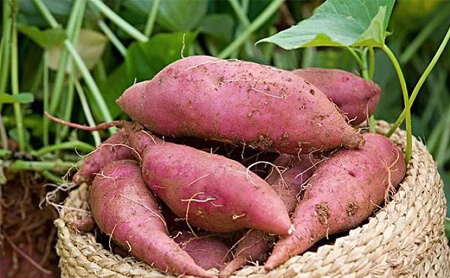

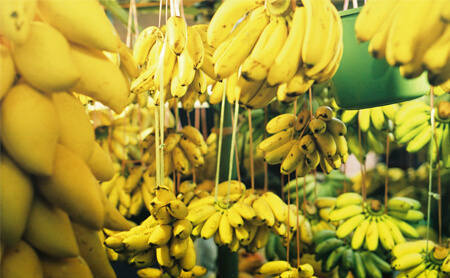










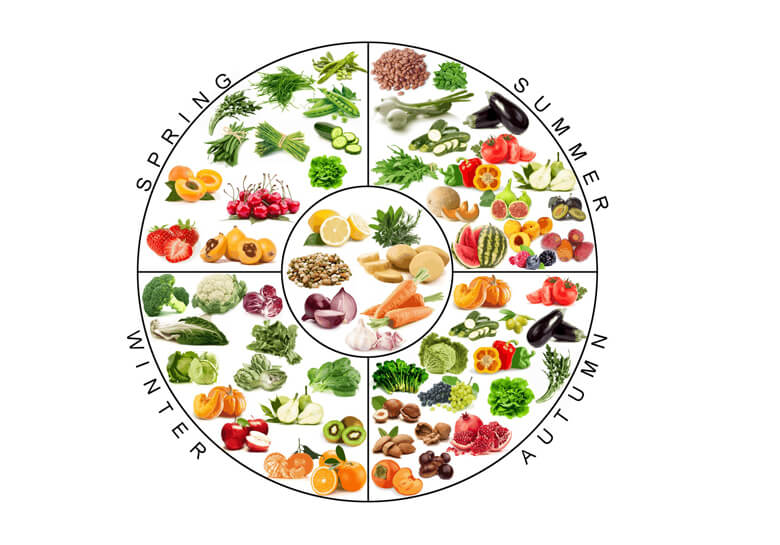

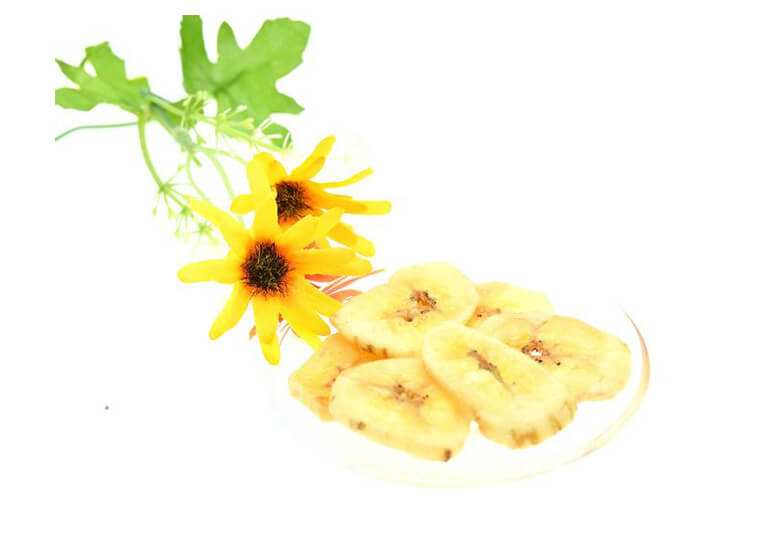
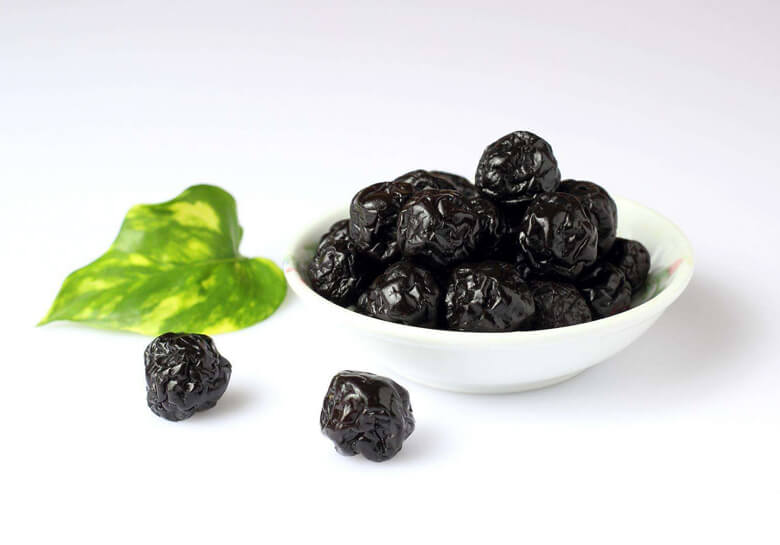
Leave A Comment